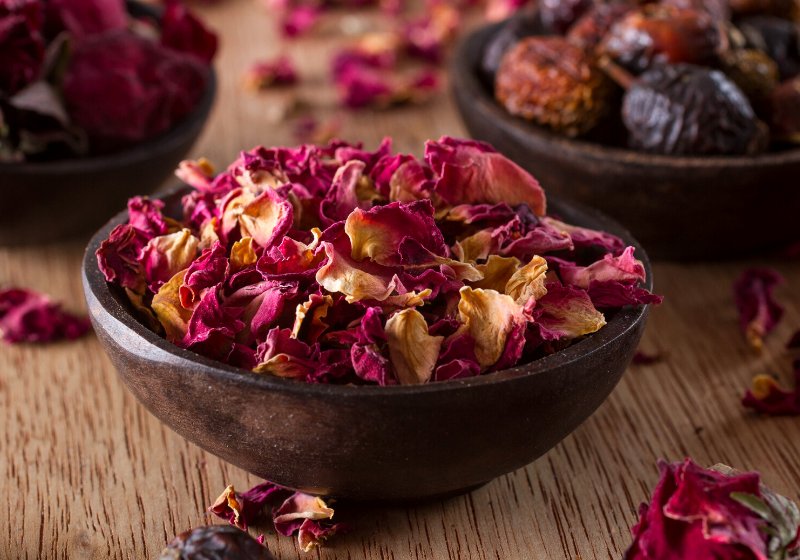
Making essential oils at home is an exciting and fulfilling project, whether used for aromatherapy with an oil diffuser, personal care applications or health support purposes.
Steam distillation is the go-to method for extracting homemade oils, as it produces pure essential oil that's undilute. This requires time and equipment, but results in pure essential oil that has no additives or fillers added in.
Steam distillation is one of the most common techniques used to make essential oils. This involves passing hot steam over plant material and extracting its oil before collecting it in its own separate container.
Cooling the vapor causes both water and essential oil vapors to condense into distinct liquids that can easily be separated. As these components cannot mix, they can easily be collected and placed into separate containers for collection and poured into separate storage bins.
Essential oils can be highly concentrated, so use with caution. Diluting them with carrier oils or water before applying directly to the skin may be best, though patch testing before doing this may also be advised to ensure safety for you.
As with any handmade product, essential oil quality may differ based on plant selection and processing methods. At doTERRA, our production experts oversee each step to ensure every oil meets our stringent quality standards.
Essential oils offer more than aromatherapy; they're a natural way to ease anxiety, nourish skin conditions and add scents to cleaning products. But making essential oils yourself at home can be an intricate and time-consuming process, especially for beginners.
First step to distillation is preparing the plant material. Be sure to select fresh, dry and uncontaminated plants (organic preferred for more purity). Dry out herbs before harvesting so they won't wilt during the process.
Next, fill a clean jar with plant material and place it in a dark location for two to five days without disturbing it - this will allow the essential oil to separate from other ethanol-based liquids left behind, since essential oils tend to float to the top. Pouring your essential oil carefully into an opaque bottle for storage will keep it from degrading over time due to sunlight or air exposure.
Essential oils are natural aromatic plant essences with medicinal benefits that have become widely utilized. Essential oils can be found everywhere from perfumes, shampoos and soaps to pharmaceuticals and cosmetics - as well as in distilled ethanol beverages! One popular way of creating essential oils is steam distillation: this involves heating water until its surface turns into steam before running that steam through biomass to collect the essential oil.
Essential oil production from raw plant material requires large amounts of raw plant material - particularly plants with high amounts of volatile compounds, like citrus fruits.
Homemade essential oils may be more cost-effective and produce superior results when used properly, which is why making your own is best. Not only are homemade varieties cheaper, they can be created from an assortment of herbs and plants - just be sure to dilute them appropriately prior to applying to skin.
Essential oils are hydrophobic hydrocarbon liquids extracted from the volatile essence of plants and harvested as hydrophobic hydrocarbon liquids, with many therapeutic and medicinal uses, including aromatherapy, flavoring, flavor enhancement, antiseptic qualities and antiviral protection. Essential oils have also become widely used cosmetic products when combined with carrier oils to make ready-for-sale products that can be sold to customers.
Extraction is the practice of extracting desired substances by subjecting them to solvents. There are various extraction methods, including distillation, maceration and Enfleurage; each is more appropriate for certain plants or parts than others and some require more time than others.
When working with volatile materials, it's essential to use equipment specifically tailored for managing their liquids. A chemistry syringe is an ideal tool for this task, as its non-stick surface easily repels essential oils while its long reach reaches deep vessels for quality control purposes.
Now that you know the basics of making essential oils at home, it's time to put your knowledge into action. Explore the step-by-step guide on Archidrenaline and start creating your own fragrant and therapeutic oils right in the comfort of your own home.
Happy crafting and happy aromatherapy!
Immerse yourself in architecture’s most boundary-pushing ideas—where innovative home improvements meet visionary urban developments. Discover new building techniques, materials, and creative concepts that are redefining how we shape our spaces on a global scale.